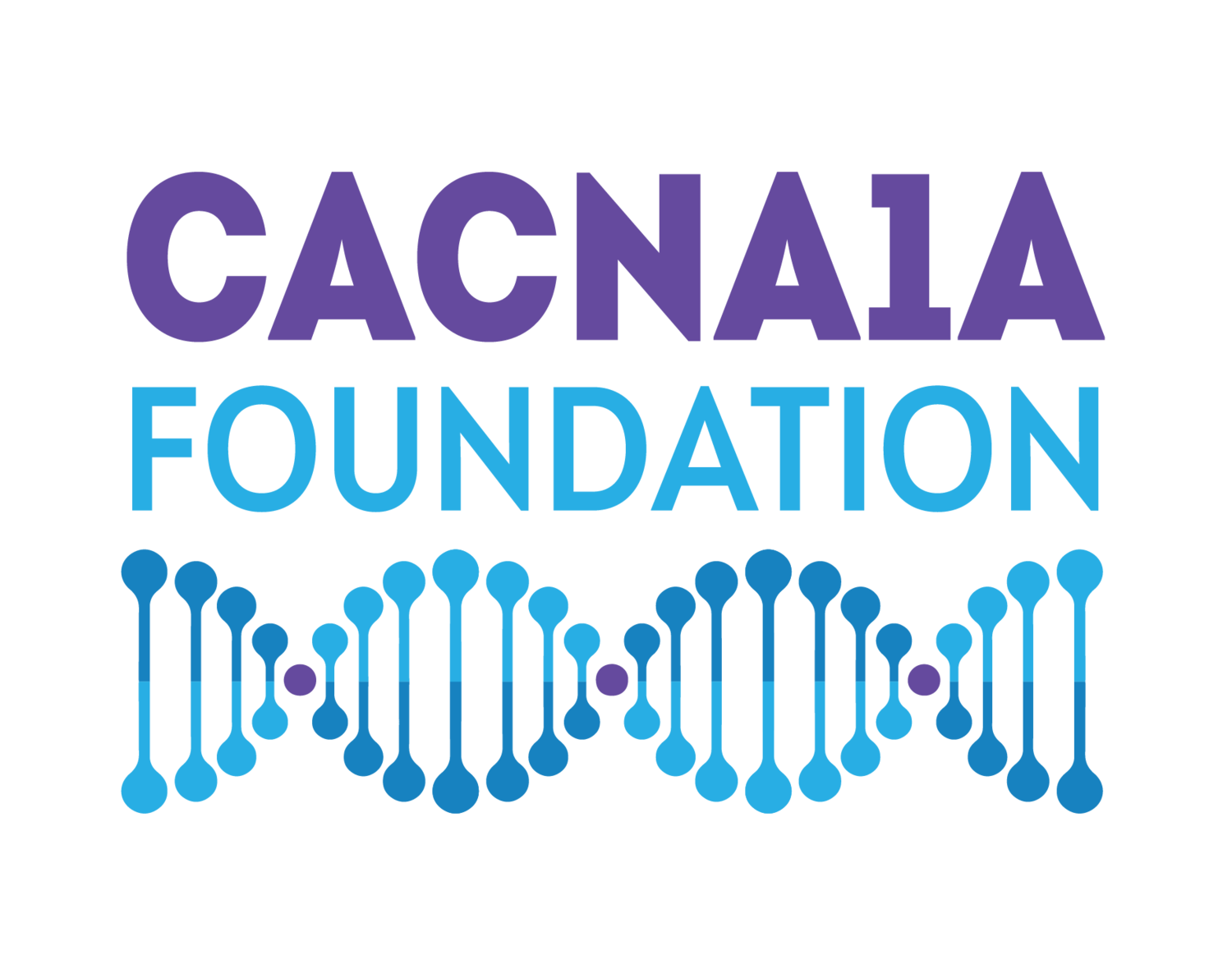Darcy’s Story
Darcy is a 29-year-old woman who loves horses! She received a confirmed diagnosis of a CACNA1A genetic variant when she was 28. Her debilitating “ataxia attacks” initially caused fear and anxiety, however, she has grown despite her experience with CACNA1A and numerous hospital visits. While Darcy has endured a great deal and sometimes struggles with confidence in her abilities to do things because of everything CACNA1A has taken from her, she is a strong person and these tremendous experiences have given her strength. She has learned so much about her condition from the CACNA1A Foundation and the CACNA1A/Cav2.1 Facebook group.
Variant: c.835C>T p.R279C
There is a family history of autosomal dominant inheritance. Darcy’s mother, grandmother and great-grandmother were known to have episodic ataxia.
History
Darcy displayed global developmental delays (motor development, speech, potty training) from a young age. However, she first became ill when she was about ten years old. At that time, Darcy used to complain of feeling “dizzy,” but it didn’t interfere with her daily functioning. By the time she was 13, however, that had changed. The dizzy spells were debilitating and made her vomit. At this point, she had been to numerous doctors and neurologists and had undergone many tests. Doctors noted her eye movement disorders, vision complaints and nystagmus but shrugged them off. By high school, Darcy's ataxic became debilitating. She had almost daily events, often without an apparent trigger. Her MRIs were always normal and did not note any cerebellar atrophy. However, we have ataxia in the family, so we assumed there was a genetic component. In 2009 a specialist in Pittsburgh, PA prescribed Diamox for the first time. It took two decades but Darcy eventually received a diagnosis of CACNA1A after a neurologist at the University of Pittsburg Medical Center (UPMC) in Pennsylvania, who specializes in MS and is very familiar with ataxia, referred Darcy to a geneticist. Darcy’s genetic testing confirmed a CACNA1A variant that is considered likely pathogenic. In addition, cerebellar atrophy was noted and it was determined that previous hospital visits were due to a “possible” hemiplegic migraine episode and a “possible” seizure episode.
Therapies and Education
Darcy’s first diagnosis was developmental delay, although her developmental milestones were eventually met. Darcy has struggled with learning and was in various special education settings throughout her school career, including attending programs for autism and emotional and learning support, which required her to move schools frequently. She received speech and language therapy initially full-time and then once per week. Physical therapy has helped her ataxia. In high school, she received a diagnosis of Pervasive Developmental Disorder Not Otherwise Specified (PDD NOS), which at the time, was a mild subtype of autism that has since been folded into autism spectrum disorder (ASD). Darcy has had many psychological evaluations and has suffered from severe psychiatric disorders, leading to a number of hospital stays.
Diagnoses
Episodic Ataxia Type 2 (EA2)
Nystagmus
Learning Disability
Medications
The drug 4-aminopyridine (4-AP) changed Darcy’s life, bringing her episodic ataxia attacks under control.
For Those Newly Diagnosed
Know that very few doctors are familiar with CACNA1A, resulting in a long diagnostic journey. However, don’t lose hope about getting the right therapies and specialists on your team.


